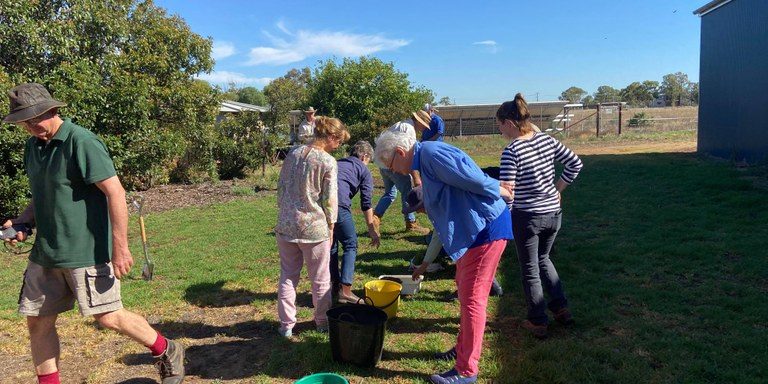Many landholders don’t understand the relationships between the plants that grow in the paddocks and the soils that they grow in. So Hay Plains Landcare hosted a hands-on soil biology workshop to provide participants with a better understanding of the importance of soil biology and the various components of soil biology, including soil microbes, soil organisms, plant roots and organic matter.
Participants also learned practical ways to assess soil biology with some simple soil tests they could conduct on their farms. This was supported by discussions on the main ways to improve soil biology in farming and grazing enterprises, and how to differentiate between the variety of products available.
A healthy topsoil contains microorganisms (soil fungi, bacteria and protozoa) and larger soil organisms (earth worms, spring-tails, insects, spiders, mites, centipedes, millipedes and dung beetles). These organisms are important for nutrient cycling, disease control, and maintaining a healthy soil structure. The more diverse the community of soil organisms, the more effective nutrient cycling, soil structure maintenance and disease suppression will be.







